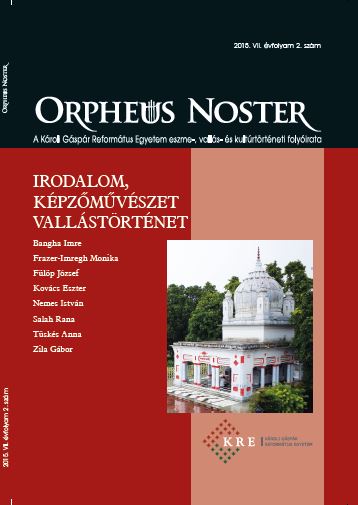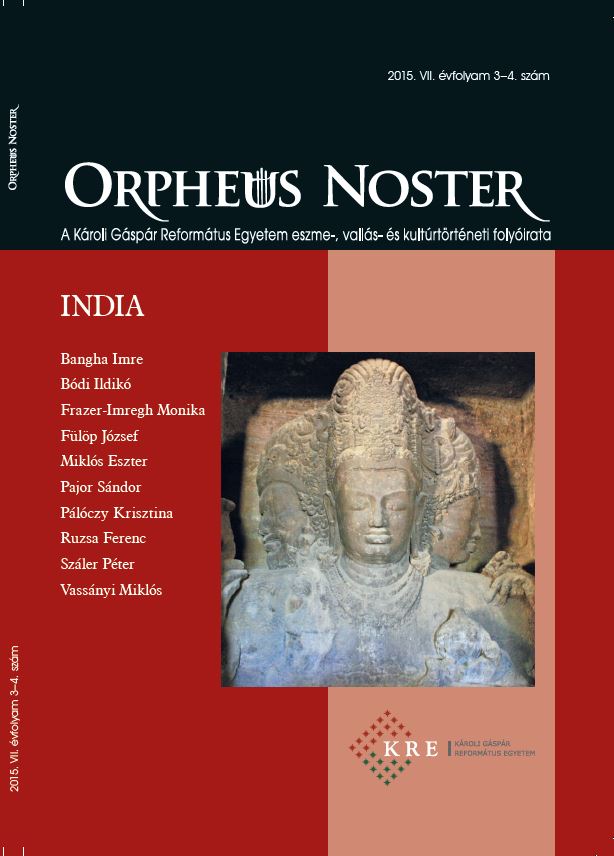
A cinóber piros madár
Illustrating books is a less-known aspect of the diverse oeuvre of Endre Bálint. The exhibition organised on the occasion of the artist’s 100th birth anniversary and the exhibition catalogue “The Eighth Church. Endre Bálint (1914–1986)” published by the Hungarian National Gallery briefly mentioned the illustrations, but these are considerably more significant and merit greater attention. The literature on Bálint’s work analysed especially the illustration series to the Bible and The Tragedy of Man by Imre Madách. In 2013 the Petőfi Museum of Literature purchased and made possible the research of thousands of letters and photographs by the artist in the Kassák Museum, which contributes greatly to the research of the oeuvre and within it the illustrations. The result of the study of the illustrated books and Bálint’s correspondence outlined a corpus of more than forty illustrated volumes, which I analysed inthe context of the whole oeuvre and compared with the paintings. In this study I analyse about thirty illustrated books in greater detail, divided into four groups according to the illustration technique: 1. black-and-white illustrations with ink, pen or linocut technique; 2. black and white plus one additional color images; 3. color images with pencil, watercolor, monotype and montage technique; 4. full-page color pictures, black and white (plus one color) and / or color inset drawings.
More...
